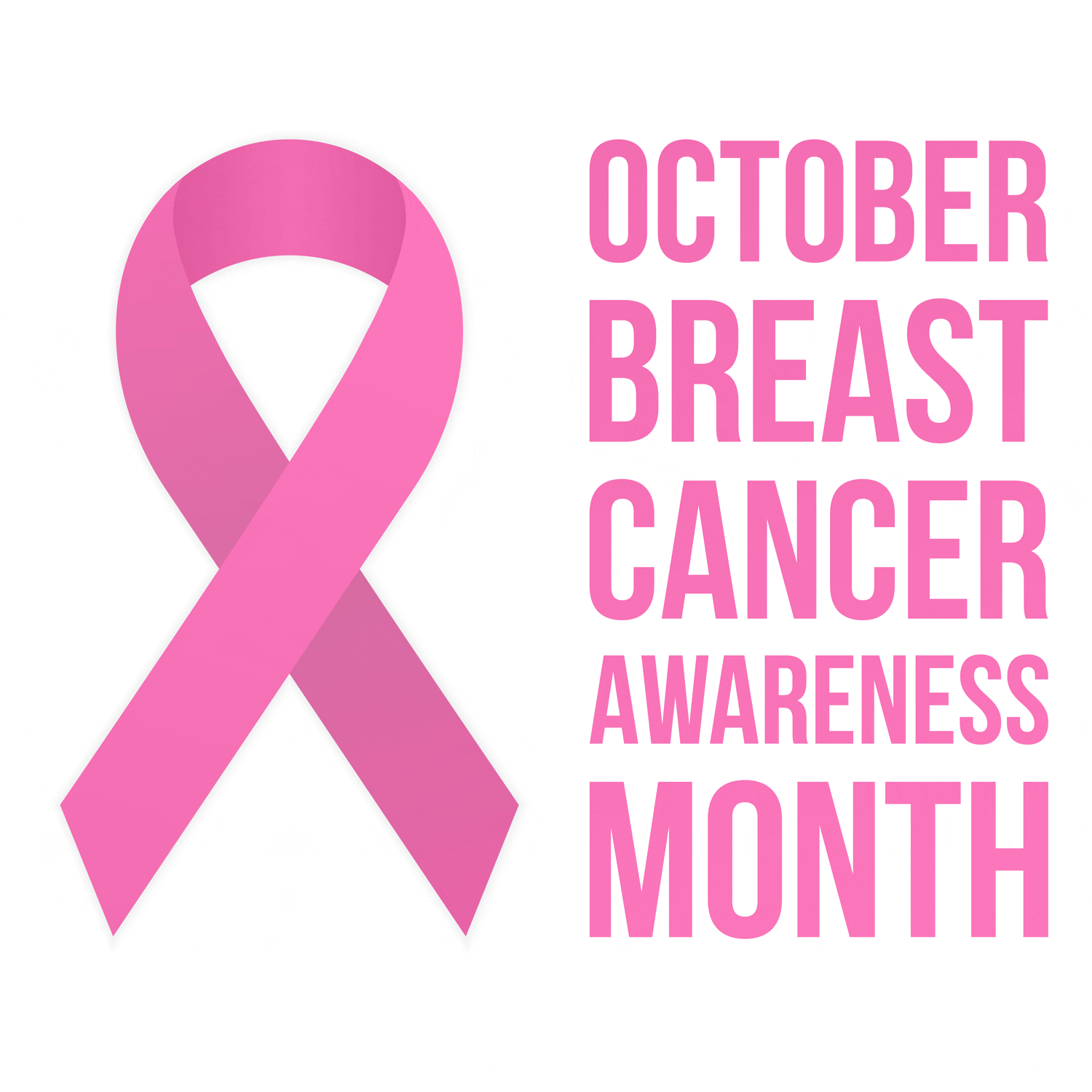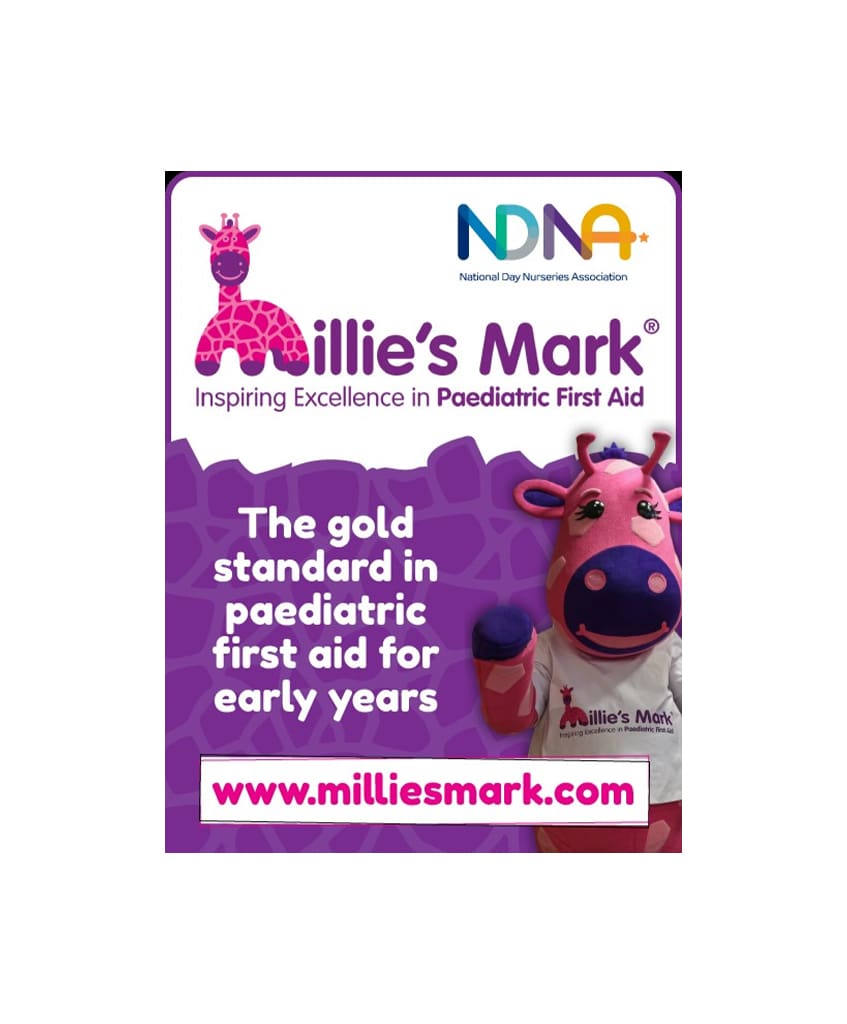Each year in the UK, over 55,000 women receive a breast cancer diagnosis. Women who are 50 years of age and over are more likely to be affected by it. Men can also get breast cancer as well.
What is Breast Cancer?
When abnormal cells in the breast grow uncontrollably, breast cancer results. Both men and women can get it, but women are more vulnerable because of the development of their breasts and lifetime exposure to oestrogens. Tumours can develop from cells that grow abnormally. When breast tumours spread, breast cancer results. Breast tissue alterations and the onset of breast cancer typically occur over an extended period of time.
How does breast cancer start?
DNA plays a central role in developing all cancers, including breast cancer. DNA, which gives instructions for cell division and growth, is present in breast cells just like it is in other cells in the body. A cell copies its DNA exactly when it divides. However, errors can occasionally result in “mutations,” which are changes in the genetic code. This could then spread to additional cells, resulting in unnatural cell division. Mutations accumulate over time, and when they do, the result is a malignant (cancerous) breast tumour. An increased frequency of cell division increases the likelihood of mutations happening and building up.
Common types of breast cancer
Breast cancer is a diverse group of diseases. It could be non-invasive (also called in situ), which indicates the cancer cells have not yet migrated into the surrounding tissues, or invasive, which indicates the cancer cells have penetrated outside the ducts or lobules into the surrounding tissue.
Invasive breast cancers can be grouped depending on how the cells look when they are examined under the microscope. The most common type of invasive breast cancer is ductal invasive. Invasive lobular breast cancer is a much less common type. Some other rarer types are:
- Paget’s disease of the breast – causes a red scaly rash on the skin of the nipple and is usually linked with DCIS or invasive breast cancer
- inflammatory breast cancer – called this because the breast becomes inflamed and swollen.
Symptoms of breast cancer
The first symptom of breast cancer that most women notice is a lump or an area of thickened tissue in their breast.
Most breast lumps are not cancerous, but it’s always best to have them checked by a doctor.
You should see a GP if you notice any of the following:
- a new lump or area of thickened tissue in either breast that was not there before
- a change in the size or shape of one or both breasts
- a discharge of fluid from either of your nipples
- a lump or swelling in either of your armpits
- a change in the look or feel of your skin, such as puckering or dimpling, a rash or redness
- a rash (like eczema), crusting, scaly or itchy skin or redness on or around your nipple
- a change in the appearance of your nipple, such as becoming sunken into your breast
Breast pain is not usually a symptom of breast cancer.
Causes of breast cancer
Doctors are unsure on the exact causes of breast cancer. However, there are some risk factors that can make it more likely for you to get it.
Many factors influence your chance of developing breast cancer. Some are genetic in nature. Others rely on your upbringing, experiences throughout pregnancy and childhood, your surroundings, and your current way of living. Regardless of your susceptibility, you can take steps to protect yourself as much as possible by modifying your lifestyle or adopting good eating habits.
Though rare, breast cancer can also affect men. Men and women share some risk factors, but not all of them.
Some of the factors that influence your susceptibility;
- Being a woman means having more breast tissue that is susceptible to breast cancer and a higher lifetime exposure to oestrogens, which can stimulate cell division and growth and promote the growth of certain types of breast tumours
- The biggest risk factor for breast cancer in both men and women is age. Your cells gain mutations with age, some of which raise your chance of cancer, including breast cancer
- A history of certain types of benign breast disease or a previous breast cancer diagnosis means you have an increased risk of breast cancer
- High breast density is the most significant risk factor for breast cancer after being a woman and age
- Starting your periods early (before 12) or reaching menopause late (after 55) are factors that contribute to a higher risk of breast cancer
- Being tall can make you more susceptible, possibly due to the higher levels of growth hormone
- A birth weight above 4kg and large early body size before the age of 18
- Higher levels of naturally circulating sex hormones (oestrogen, progesterone and testosterone) increases breast cancer risk
- Radiation exposure
- Environmental carcinogens
- Endocrine Disrupting Chemicals (EDCs) which are found in many everyday products
- Exposure to diethylstilboestrol (DES)
- Air pollution
- Where you live affects your breast cancer risk. The highest rates of breast cancer occur in North and Western Europe, Australia, New Zealand, Canada and the US. The lowest rates are found in Eastern Asia and South America. In the UK and other countries, living in urban areas, as opposed to rural areas, is associated with an increased risk of breast cancer.
- Having children after the age of 30 or having no children
- Breastfeeding
- Being overweight and adult weight gain
- Drinking alcohol
- Lack of exercise
- Smoking
- Family history
Diagnosing breast cancer
Typically, women with symptoms first visit their doctor. They will examine you and suggest that you see a breast clinic. In two weeks, you should receive an appointment.
The NHS breast screening programme results in referrals for certain women. Finding breast cancer early on, when it is too small to feel or see, is possible through breast screening.
- If you have suspected breast cancer, either because of your symptoms or because a mammogram has shown an abnormality, you’ll be referred to a specialist breast cancer clinic for further tests.
- If you have symptoms and have been referred to a specialist breast unit by a GP, you’ll probably be invited to have a mammogram, which is an X-ray of your breasts. You may also need an ultrasound scan.
- A biopsy is where a sample of cells is taken from your breast and tested to see if it’s cancerous. You may also need a scan and a needle test on lymph nodes in your armpit (axilla) to see whether these are also affected. Biopsies can be taken in different ways, and the type you have will depend on what your doctor knows about your condition.
- Needle aspiration may be used to test a sample of your breast cells for cancer or drain a small fluid-filled lump (benign cyst). Your doctor will use a small needle to extract a sample of cells, without removing any tissue.
- Vacuum-assisted biopsy, also known as mammotome biopsy, is another type of biopsy.
If a diagnosis of breast cancer is confirmed, more tests will be needed to determine the stage and grade of the cancer, and the best method of treatment.
We hope this information helps and gives you lots of advice if you or anyone you know is going through breast cancer.
If you would like to speak to us about how we could help with your First Aid training requirements, please call us on 01276 586943 or email us at admin@crosscountiestraining.co.uk for hassle-free bookings.









